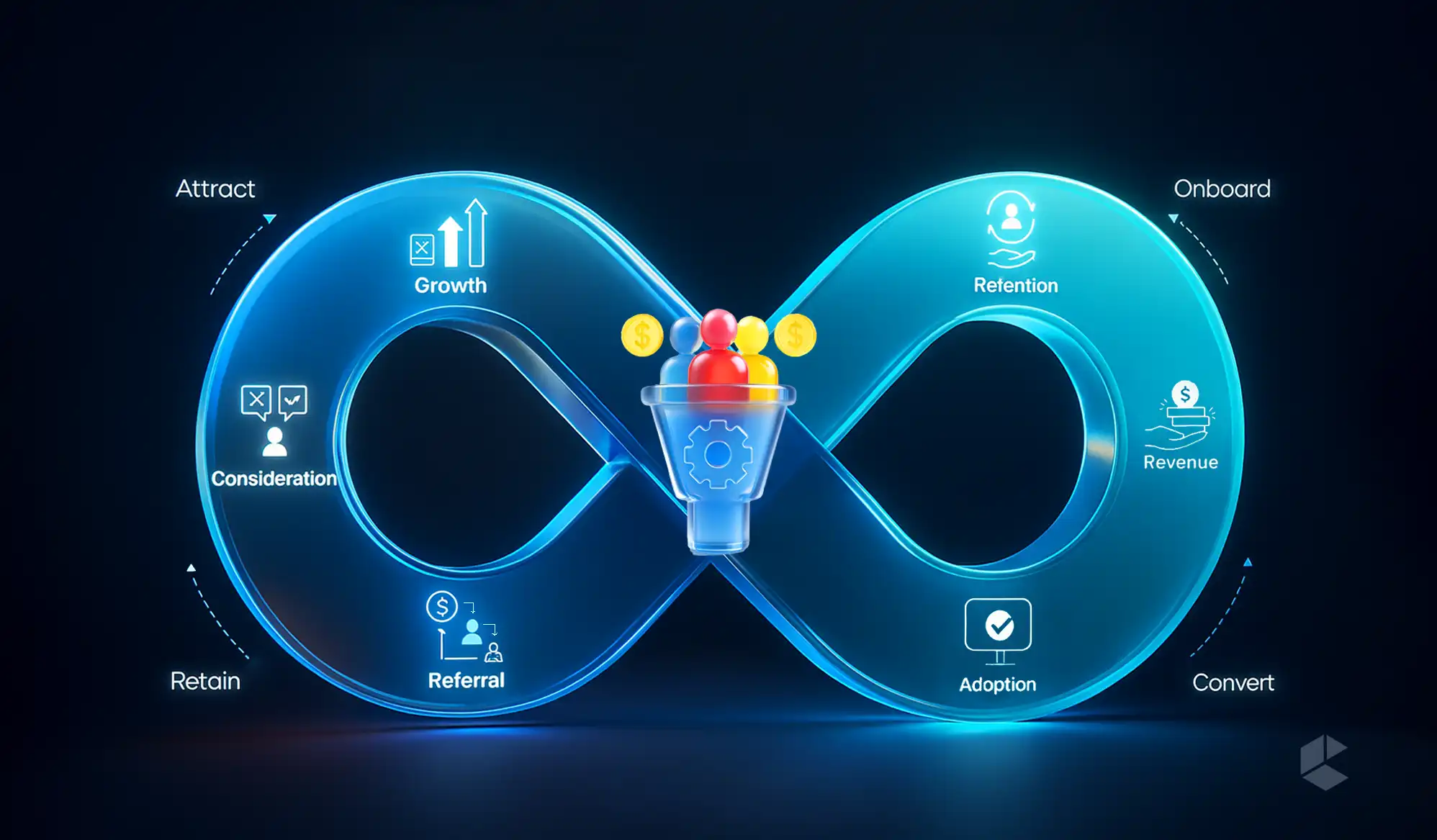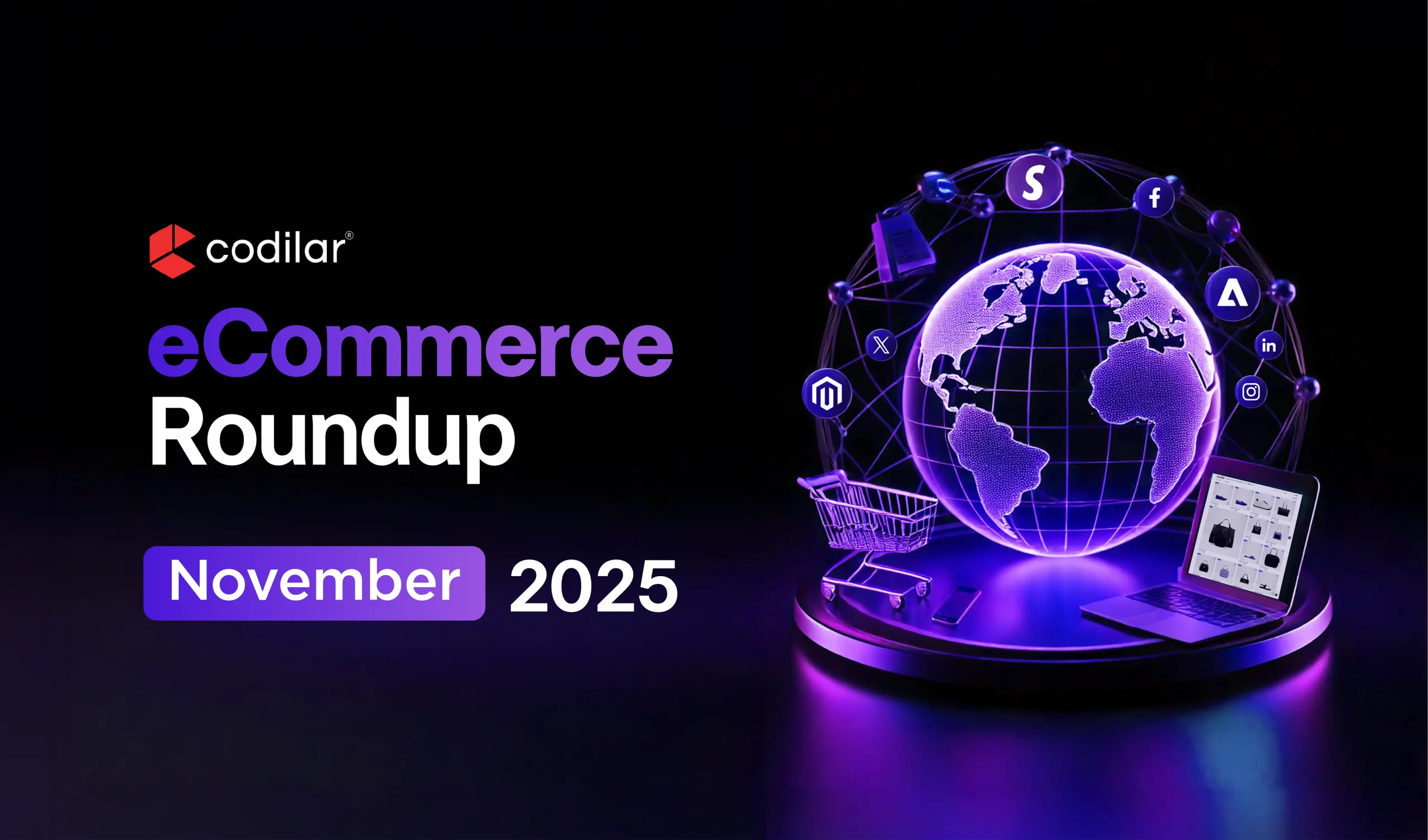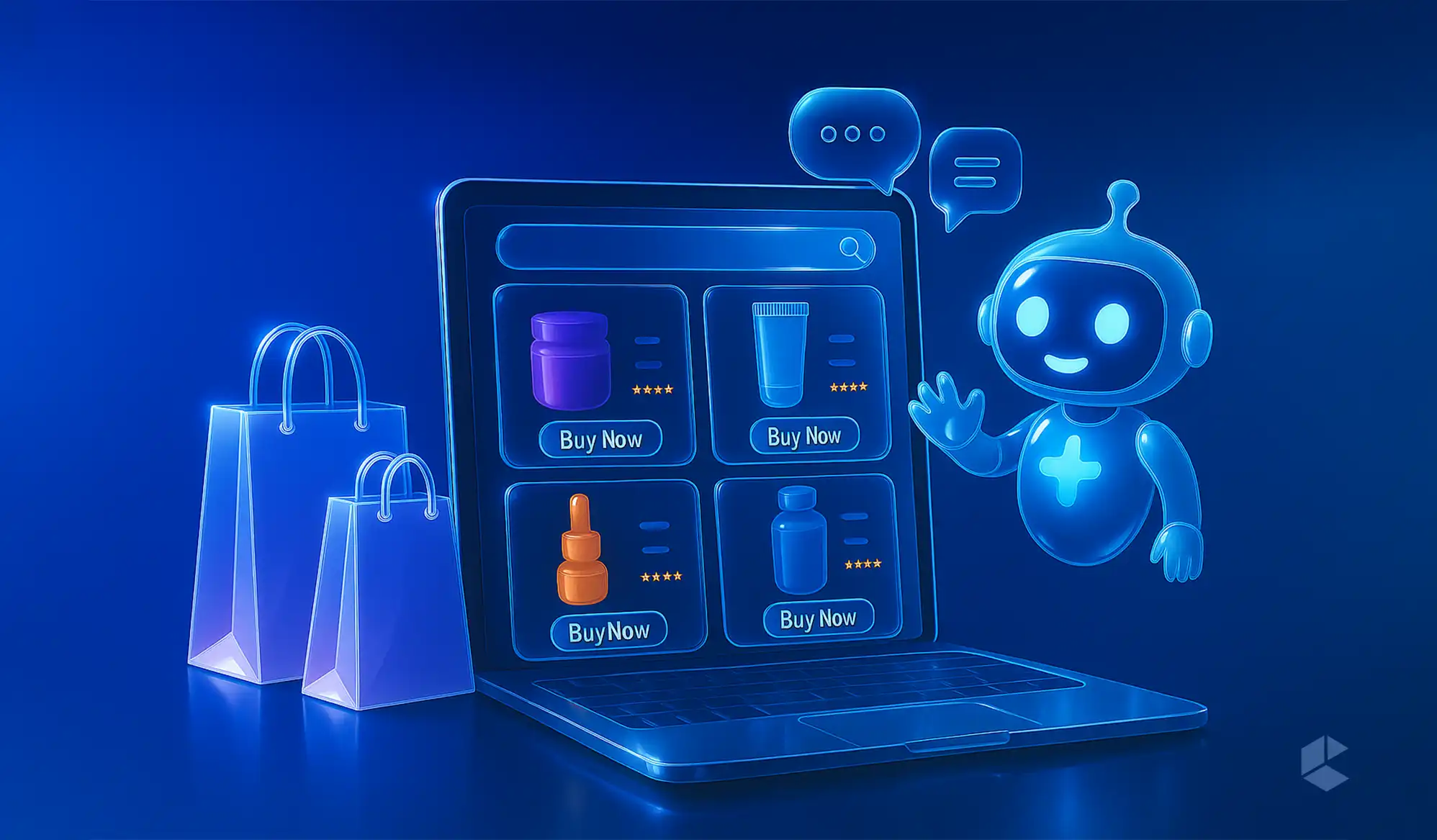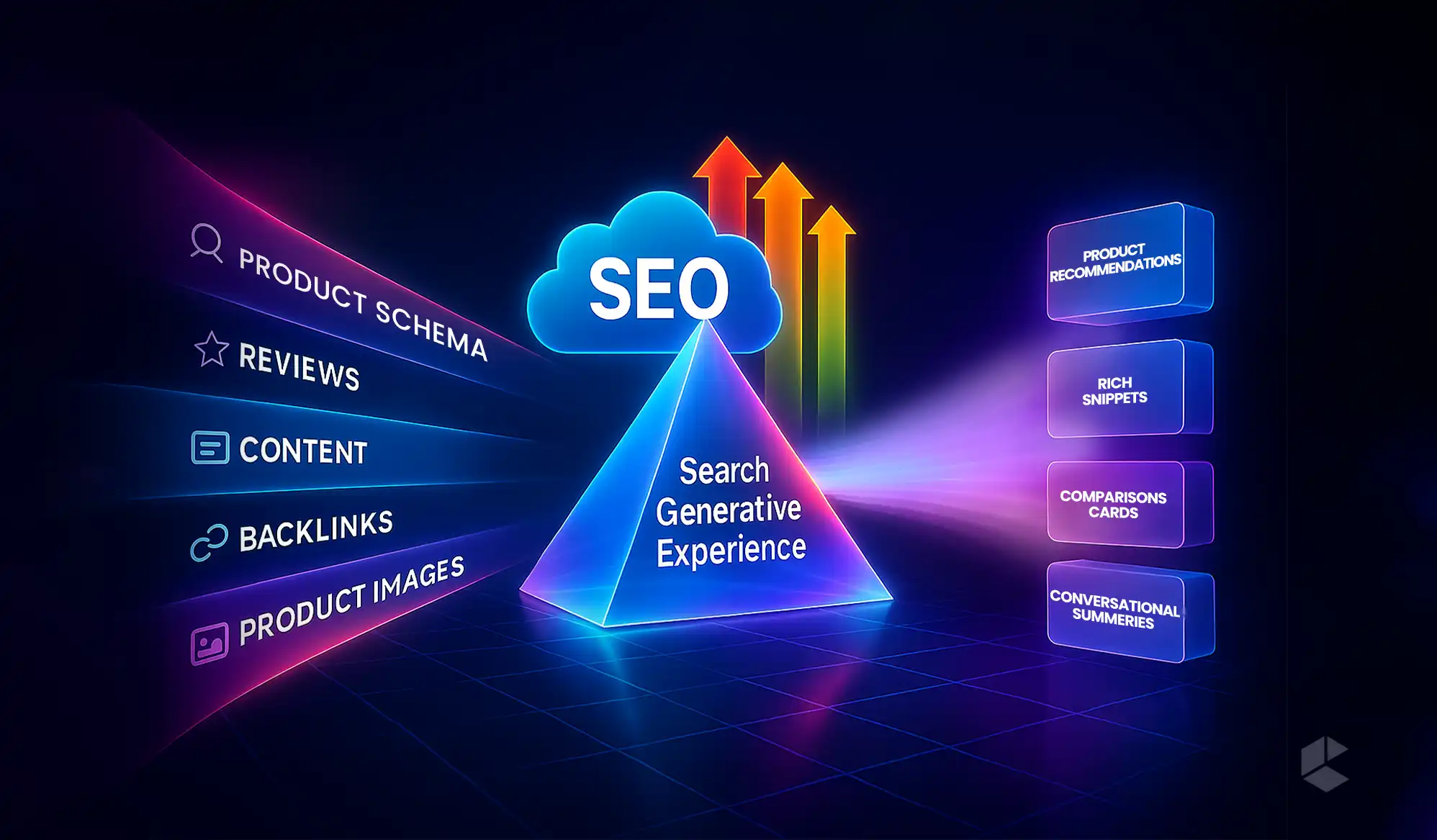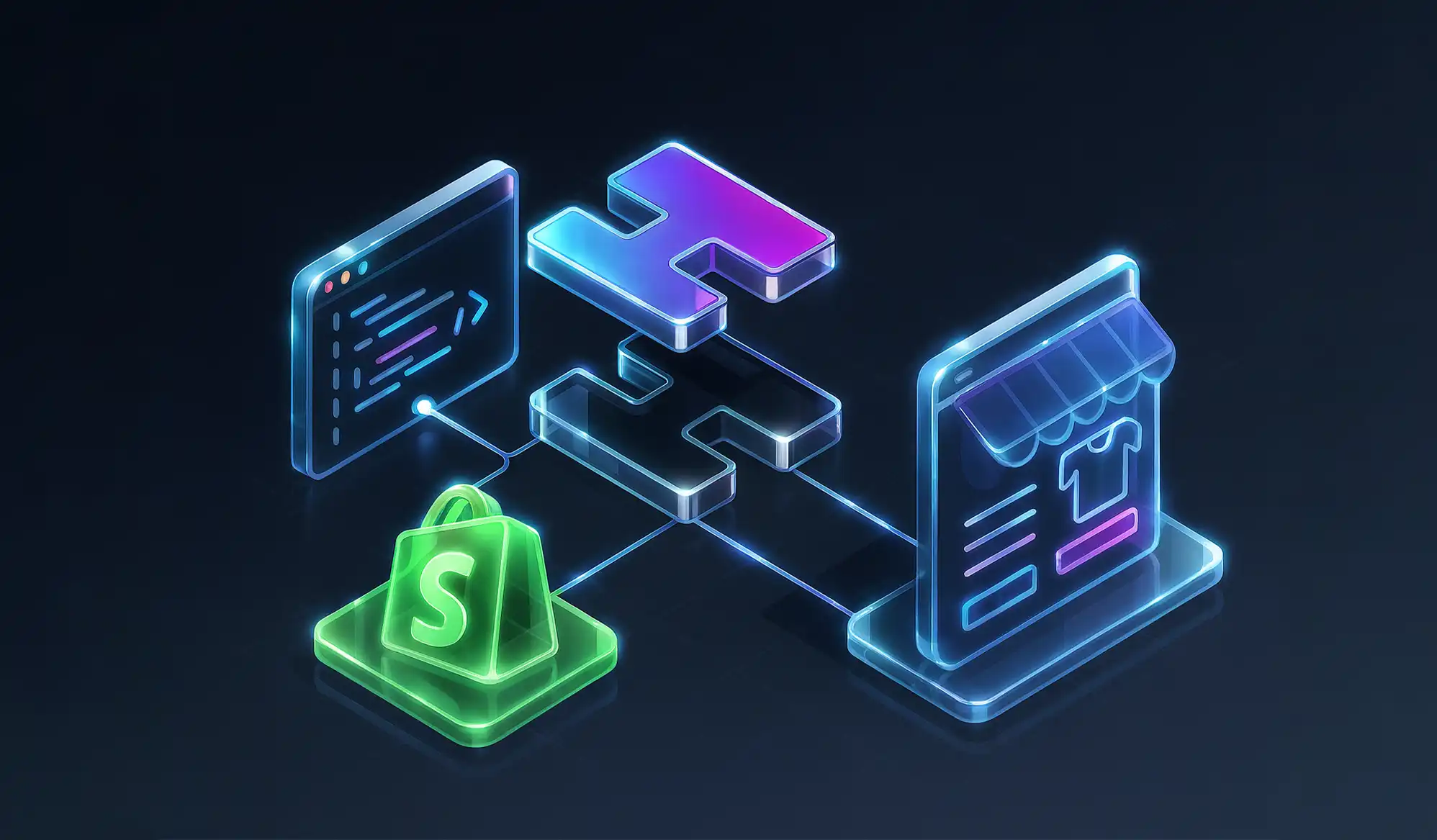- An overview of Adobe Experience Manager (AEM)- A brief introduction to AEM and its features.
- Explore Adobe Commerce (formerly known as Magento commerce)- Understanding Adobe Commerce and its capabilities.
- The key differences of between AEM and Adobe Commerce – a comparative analysis of both platforms.
- Learn how to choose the right fit for your business – AEM or Adobe Commerce.
Adobe Commerce and Adobe Experience Manager are both popular platforms used by businesses to create a strong digital presence in the eCommerce arena. While both platforms are from the Adobe ecosystem, they serve very different purposes. AEM is a powerful content management system (CMS) for delivering engaging user experiences, whereas Adobe Commerce excels in managing online stores and facilitating transactions, offering a comprehensive eCommerce solution.
In this blog, we explore the difference between AEM and Adobe Commerce, and help businesses identify the right fit for them.
What is AEM?
AEM or Adobe Experience Manager is a Content Management System (CMS), and part Digital Asset Management (DAM) system that helps businesses control their content spread across different channels – hassle free. It serves as a one stop solution for content creation, management and optimization for websites, mobile apps and digital forms. The platform aces at handling complex content workflows, digital asset management, and personalized content delivery.
Besides, AEM seamlessly integrates with other Adobe Marketing Cloud products, such as Analytics and Target, for enhanced marketing strategies.
Key Features of AEM
- Content Management System – AEM comes packed with Drag-and-Drop editor, templates, multilingual support, and making content management easy.
- Workflow Automation – AEM offers workflow automation with streamlined content approvals, publishing, and collaboration with custom workflows and role-based permissions.
- Digital Asset Management (DAM) – AEM includes AI-powered tagging, centralized asset library, and adaptive media delivery for optimized digital experiences.
- Personalization and AI-Powered Targeting – It uses Adobe Sensei for audience segmentation, dynamic content personalization, and A/B testing.
- Omnichannel Content Delivery – Headless CMS supports websites, apps, IoTs, digital signage, and multi-platform content distribution.
- SEO and Marketing Integration – AEM has built-in SEO tools, Adobe Analytics Integration, and automation for content marketing campaigns.
What is Adobe Commerce?
Adobe Commerce is a full-fledged eCommerce platform aimed to help businesses build, manage and scale their online store. It comes with a suite of features for product management, order processing, customer segmentation, and marketing automation. It is an ideal solution for businesses to create exceptional shopping experiences and drive online sales.
Key Features of Adobe Commerce
- Product and Catalog Management – Adobe Commerce supports configurable products, multi-store setups, AI-driven, recommendations, and real-time inventory tracking.
- Checkout, Payment and Order Management – It offers customizable checkout, flexible payment gateways, BNPL options, and advanced tax/shipping rules.
- B2B and B2C Commerce Capabilities – The platform offers customer-specific pricing, bulk ordering options, company accounts, and quote management options.
- Performance, Scalability, and Security – Cloud hosting, headless commerce, PWA Support, AI-Powered search, and enterprise-grade security.
- Integration and Omnichannel Commerce – Adobe Commerce connects with ERP, CRM, marketplaces, and social commerce for effortless sale.
Understanding the Difference Between AEM and Adobe Commerce
Feature
Adobe Experience Manager
Adobe Commerce
Primary Focus
Primarily focused on content management, digital experiences, and omnichannel content delivery.
eCommerce platform for online sales, order management and checkout optimization.
Target Users
Aims to help marketing teams, content creators, and digital experience managers.
Ideal for eCommerce teams, online retailers, and operations managers.
Core Functionality
Core Functio-nality
Content Management System (CMS) and Digital Asset Management (DAM) system
Ecommerce platform for flexible, and scalable online stores.
Content vs. Commerce
Content-first approach including tools for blogs, landing pages, and rich media experience.
Commerce-first approach with tools for selling, promotions, and product recommendations.
Commerce-first approach with tools for selling, promotions, and product recomme-ndations.
Personalization
Personali-zation
AEM uses Adobe Sensei-AI for dynamic content personalization, audience segmentation, and A/B testing.
It uses AI-driven product recomme-ndations to personalize shopping experience based on user behaviour.
Omnichannel Capabilities
Omni-channel Capabilities
Supports web, mobile, IoT, digital signage, and interactive kiosks, with a headless CMS
Enables social commerce, multiple storefronts, and omnichannel selling across various marketplaces.
Customization and Flexibility
Customi-zation and Flexibility
Highly customizable page layouts, workflows, and content components for unique user experience.
Customizable checkout, payment options, pricing, and B2B workflows to fit business needs.
Integration Capabilities
AEM easily integrates with Adobe Target, Marketo, and third-party CRMs.
Connects with ERPs, payment gateways, logistics providers, and marketing automation tools.
SEO and Marketing
AEM offers advanced SEO tools, automated metadata, and Adobe analytics for content insights.
Adobe Commerce supports SEO-friendly URLs, and structured data for product visibility.
Scalability and Performance
Scalability and Performa-nce
Cloud-based CMS with CDN, caching and dynamic media delivery for optimized performance.
Cloud-based eCommerce platform with auto-scaling, load balancing and PWA support.
Security
Enterprise level security with role-based access, encrypted data, maintains compliance standards.
PCI-compliant security, fraud prevention tools, and secure checkout processes.
Pricing and Cost Considerations
Pricing and Cost Consider-ations
High initial investment, suited for enterprises focusing on digital experience management.
License and infrastructure costs vary, scalable for mid-to-large eCommerce business.
Best for
Ideal for businesses that prioritize content-driven engagement, and omnichannel content marketing.
Best for companies that focus on eCommerce, online sales, and digital storefronts.
When to Choose AEM, Adobe Commerce or Both?
AEM, Adobe Commerce or Both? In order to answer this, your business goals must be prioritized. Each platform serves a unique purpose, and the right choice depends on your business requirements – whether its content, eCommerce, or a seamless blend of both.
When to choose Adobe Experience Manager?
- If content is king is your strategy
If your business thrives on rich, engaging and personalized digital experiences, AEM is the way to go. AEM is especially suited for industries like publishing, media, or any other business that relies heavily on content-driven marketing. - When digital experience matters most
AEM is designed for brands that prioritize content creation, management, and optimization across websites, mobile apps, and other digital channels. If your business requires a Digital Asset Management to streamline content workflows, AEM is an excellent fit. - For hyper-personalized content delivery
Need to deliver tailored content specific audiences? AEM works best when it comes to personalization, allowing businesses to craft highly targeted experiences that drive engagement.
When to choose Adobe Commerce?
- If eCommerce is at the heart of your business
For businesses focused on online sales, product catalogs, orders, and transactions, Adobe Commerce is the ideal solution. Retailers and brands with large-scale eCommerce operations will benefit from its powerful, built-in features. - For scalable eCommerce growth
If you anticipate significant growth in online sales, Adobe Commerce provides the scalability to handle high transaction volume while maintaining performance. The eCommerce marketing tools of Adobe Commerce further help to drive conversions. - To handle complex eCommerce needs
Adobe Commerce’s pricing models, complex shipping rules, and customized sales structures make it ideal for businesses with complex eCommerce needs. The platform is built to handle the demands of large eCommerce systems.
Choose Both AEM and Adobe Commerce If:
For businesses looking for an integrated customer experience combining AEM with Adobe Commerce offers the best of both worlds! This powerful duo enables businesses to unify their content and eCommerce strategies, ensuring a high-quality and consistent customer experience on all fronts.
Given that Adobe Commerce is a popular digital solution adopted by most retailers and businesses, AEM integration can surely enhance their digital experience.
Why Should Adobe Commerce Users Consider AEM?
- The integration can enhance product storytelling with immersive product pages, with interactive content, videos and dynamic media.
- With AEM, Adobe Commerce users can centralize content creation, editing, and publishing across multiple storefronts.
- Businesses can Improve search rankings with AEM’s advanced SEO tools and structured content strategies.
- With the AEM’s Adobe Sensei feature for dynamic content and product recommendation, Adobe Commerce users can enhance personalization.
- Businesses can also deliver consistent experiences across web, mobile, social and in-store channels – supporting omnichannel commerce.
Partnering with an Adobe Commerce development company or an AEM development agency ensures you get the expertise needed to fully leverage these platforms. Whether you’re looking to enhance customer engagement, optimize content delivery, or build a seamless omnichannel experience, the right implementation partner can help you maximize the potential of AEM and Adobe Commerce.



